We take a trip down memory lane and honor some of the most influential landscape architects in the history of the profession. Gone, but not forgotten: This is the legacy of 10 influential landscape architects, who have made their mark on history both physically (in their lasting designs) and spiritually (in their influence on the profession). Listed in chronological order, behold LAN’s top 10 most influential Landscape Architects of all time.
1. André Le Nôtre (1613-1700)
As the son and grandson of gardeners of the French court, André Le Nôtre learned about art and architecture from his early childhood on. He grew up to become gardener to the king’s brother and other French lords, and his first gardens sowed the seeds of his unique and thorough landscape architecture perspective. His work caught the eye of King Louis XIV, who appointed him to design the king’s garden and restore the gardens of Versailles. While the number of Le Nôtre’s creations can’t be counted on the fingers of two hands, those he did design remain iconic, including his masterpieces — the Garden of Vaux-le-Vicomte and the gardens of Versailles. Recommended Reading: André Le Nôtre in Perspective (Editions Hazan) by Patricia Bouchenot-Déchin
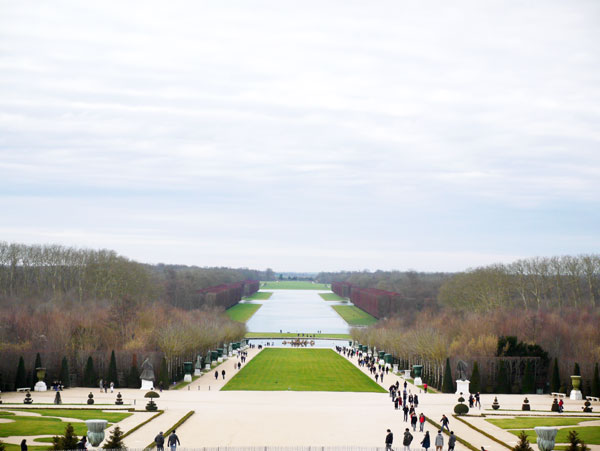
Garden of Versailles, France. Photo credit: Alexandra Wilmet
2. Lancelot “Capability” Brown (1716-1783)
Lancelot Brown was an English landscape architect who was often known by his nickname, Capability. He earned the moniker because he used to tell his customers that their sites had good “capability” for landscaping. Brown followed in the footsteps of William Kent (1685-1748), advocating a more naturalistic style using large expanses of undulating grass, water bodies with irregular shapes, and shelterbelts. This earned him criticism during his time, but his style became a key innovation in the history of landscape architecture, giving birth to the modern English garden. Many of his 170 gardens remain today, including Kew Gardens, Blenheim Palace, and Chatsworth House. Did you know that the Blenheim Palace park has been regularly used in films? You will look more carefully at “Harry Potter and the Order of the Phoenix” next time! Recommended Reading: Lancelot ‘Capability’ Brown: The Omnipotent Magician, 1716-1783 by Jane Brown

This is on the west side of the palace. The gardens follow French style of Le Notre with knotwork of low box hedges and shaped fountains. © Copyright Colin Smith and licensed for reuse under this Creative Commons Licence
3. Peter Joseph Lenné (1789-1866)
This Prussian landscaper was born into a family of castle gardeners. He learned the profession from big names in early 19th century landscape architecture and became a fine connoisseur of plants. Lenné created one of the first public parks in Germany — Park Klosterberge in Magdeburg. But his major works were the redesign of the park at Sanssouci in Potsdam and the Tiergarten in Berlin. Lenné’s success lies with his ability to mix utility and beauty, combined with his extensive botanical knowledge. Lenné remains a source of inspiration for many artists and landscape architects.
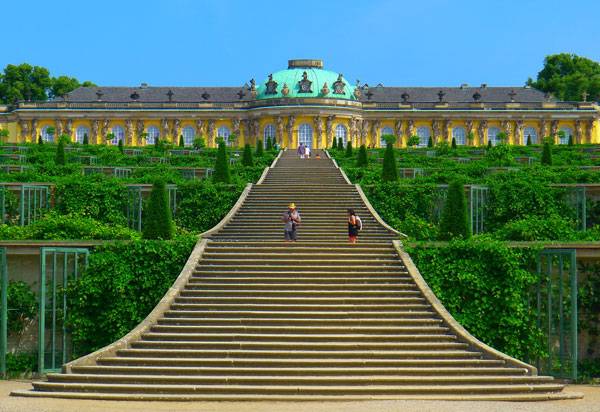
“P1190390 Potsdam sans souci rwk” by Mbzt – Own work. Licensed under CC BY-SA 3.0 via Commons
4. Frederick Law Olmsted (1822-1903)
Most of us think of New York City’s Central Park when we think of Olmsted. But this iconic American landscape architect was a man of many passions. He studied engineering, agronomy, and journalism, and traveled widely through Europe and the United States. He was passionate about nature and its preservation. Olmsted played an important role in the protection of nature, including the creation of the Niagara Reservation in association with Calvert Vaux (1824-1895). In additional to Central Park, Olmsted left his imprint on many urban projects and parks, including several university campuses and the grounds of the U.S. Capitol. Recommended Reading: Frederick Law Olmsted: Plans and Views of Public Parks (The Papers of Frederick Law Olmsted) by Frederick Law Olmsted
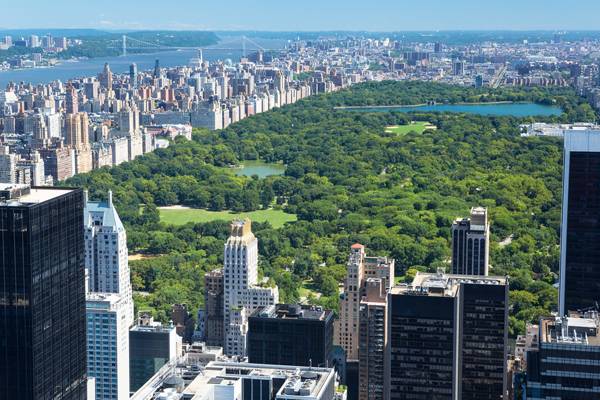
Central Park, designed by one of the earliest known landscape architects Fredrick Law Olmstead. Photo credit: shutterstock.com
5. Gertrude Jekyll (1843-1932)
English landscaper Gertrude Jekyll was one of the first famous women in the profession. Her contribution resides mainly in the publication of many books and articles focused on her research into landscape compositions. Influenced by the Arts and Crafts movement, her creations showed the importance of proportion and color balance, as well as the use of textures and fragrances in plantations, such as mix-borders. She created about 400 gardens in England, and some in Europe and America, but few have been preserved. Others have been restored and can be visited. Jekyll was also passionate about creepers and roses — Rosa Gertrude Jekyll has been named in her honor. Recommended Reading: Gertrude Jekyll and the Country House Garden: From the Archives of Country Life by Judith B. Tankard
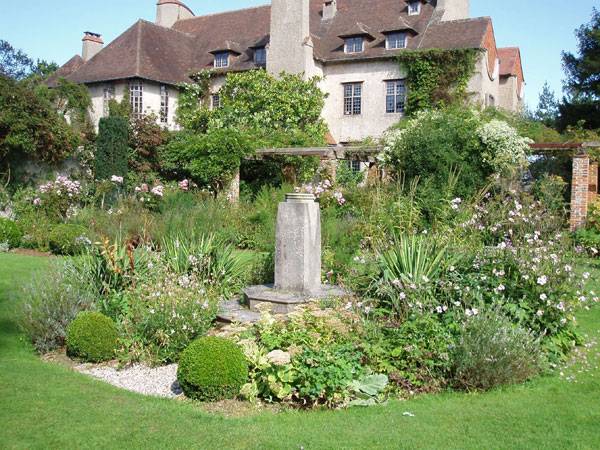
“Jekyll Garden Moutiers. The sundial garden” by Amanda Slater. Licensed under CC BY-SA 2.0 via Flickr.
6. Geoffrey Jellicoe (1900-1996)
The English landscape architect and theoretician had a vast knowledge of landscape history, writing several books, including “Italian Gardens of the Renaissance”, with the help of J.C. Shepherd (1896-1979). In 1948, he became the founding president of the International Federation of Landscape Architects (IFLA). Several of his projects, including the Kennedy Memorial at Runnymede and the garden of Sutton Place in Surrey, are significant works of landscape architecture. See More History Inspired Articles:
- Going Vertical: The History of Green Walls
- How Winter Bay Culture Park Merged History and Revitalization
- 15 Great Examples of Historical Landscape Architecture
Recommended Reading: Landscape of Civilisation – Moody Gardens by Geoffrey Jellicoe
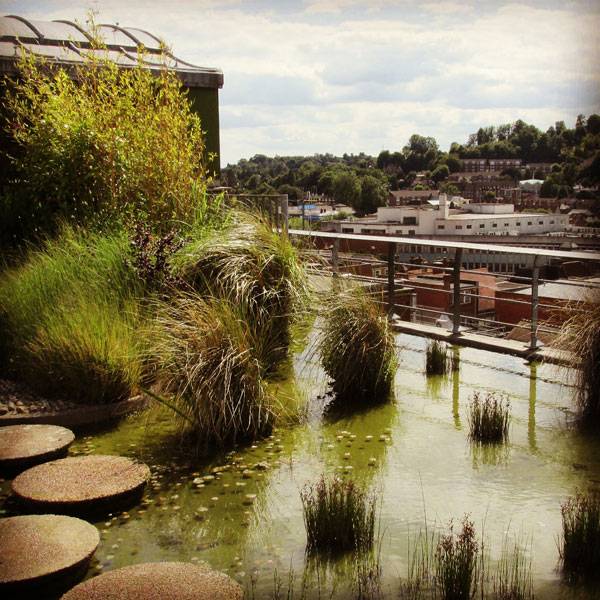
House of Fraser roof garden. Photo credit available upon request.
7. Thomas Church (1902-1978)
This American landscaper was known for developing the modern movement in landscape architecture. He mixed innovative principles of modern style, such as the use of abstract forms, with the following four design principles:
- He thought of the garden and the house as a whole — a set to design. The garden is an extra living room.
- He focused on the function of the site, while still respecting the beauty of the place.
- He advocated the simplicity of a project for aesthetic reasons.
- He connected the place with the surrounding context.
During his career, he designed many projects, often at universities and private residences. Probably the best known is Donnell Gardens, an icon of modern style. But above all, Church is the father of a whole generation of American landscape architects who have made their mark on the American landscape. Recommended Reading: Gardens Are For People, Third edition by Thomas D. Church
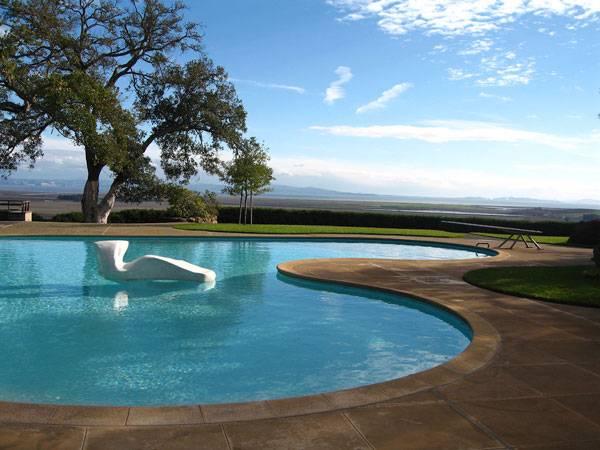
“Donnell garden” by morisius cosmonaut. Licensed under CC BY-SA 2.0 via Flickr.
8. Pechère René (1908-2002)
This Belgian landscape architect participated in the design of the outdoor facilities for the Universal Exhibition of 1958. The gardens of the Congo and the Four Seasons that he made for the event provided him with international fame. Pechère designed nearly 900 public and private gardens in Belgium, France, the Netherlands, and Germany. His philosophy was to design the garden as a space that contributes to the joy of living. His work also highlighted the importance of the knowledge of many notions of art (sculpture, drawing, history, etc.). His designs used plants as well as architectural elements, taking into account shadows, sunlight, and colors. Renowned for Botany Park — or the Mont des Arts — in Brussels, Pechère is also known to have collected countless books in the field of garden art. His books are now gathered at the René Pechère Library, where you can view all kinds of documents on landscape architecture, onsite or via their website.
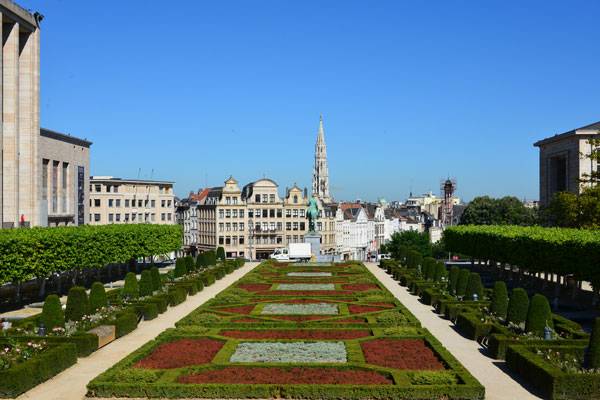
“Le jardin multicolore” by Stephane Mignon. Licensed under CC BY-SA 2.0 via Flickr.
9. Roberto Burle Marx (1909-1994)
Back to the other side of the Atlantic Ocean, more specifically, Brazil: Burle Marx has been widely recognized for his gardens and parks, but he was also an artist, ecologist, naturalist, musician, and painter. He studied the fine arts long before creating his first garden at a private residence. Passionate about botany, he studied the tropical plants of Brazilian forests along with other botanists and researchers. He created a collection of plants that is kept in Guaratiba, now owned by the state and considered a national monument, with its 3,500 species of plants (Sitio Roberto Burle Marx). Several plants also bear his name, including Calathea “Burle Marx”. Recommended Reading: Roberto Burle Marx: Brazilian Modernist by Jens Hoffmann
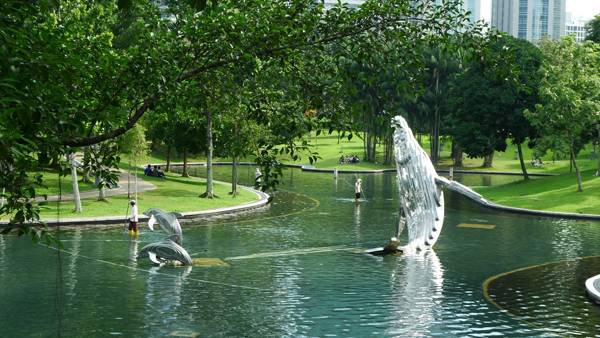
The Central Park of the Kuala Lumpur City Centre (KLCC) shortly before he died. Photo credit: Dr. Francis Ng,
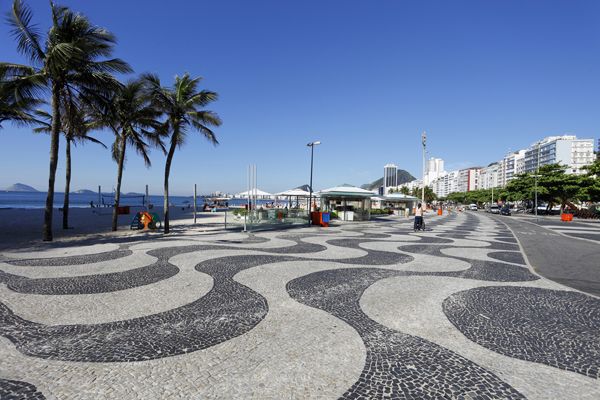
Copacabana Beach; credit: Shutterstock.com
10. Corajoud Michel (1937-2014)
The French landscape architect and professor contributed to a new vision of landscape design, especially in urban areas. Corajoud believed that the work of an urban landscape designer should take into account the architecture surrounding it, providing a continuity with the buildings. His work also focused on people in the landscape project, giving special attention to their expectations and happiness. His projects’ success was measured by the attendance rate of the public. This way of thinking has earned him several awards.
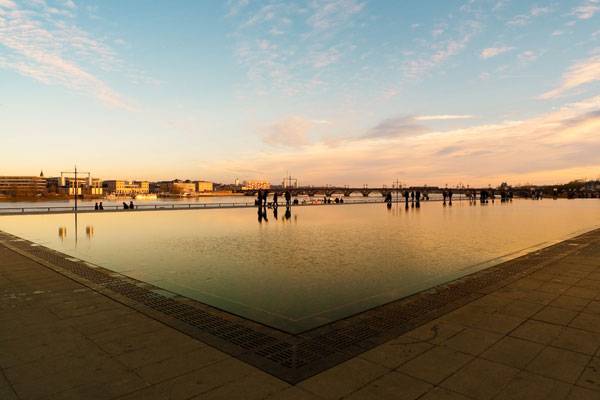
“Bordeaux miroir 01” by Oliwan – Own work. Licensed under CC BY-SA 3.0 via Wikimedia Commons
Recommended Reading:
- Drawing and Designing with Confidence: A Step-by-Step Guide by Mike W. Lin
- Landscape Perspective Drawing by Nicholas T. Dines
Article by Alexandra Wilmet Return to Homepage
Published in Blog


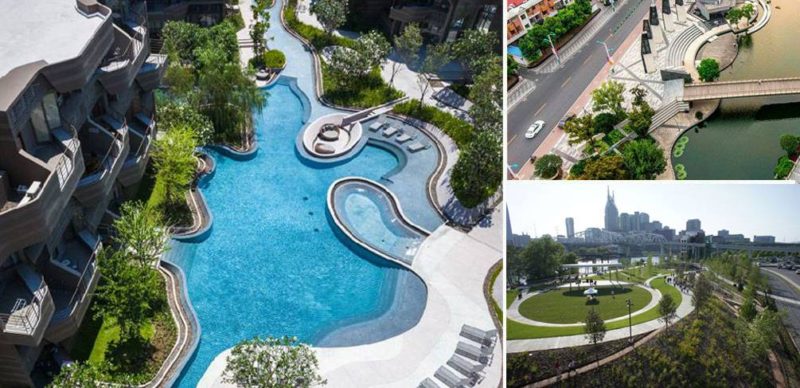

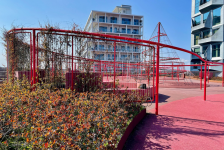

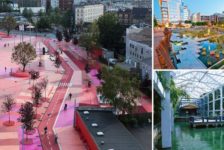




Pingback: Most Influential Architects - Home Floor Plans Architecture Ideas
Pingback: What Is The Formal Outline Of Becoming A Landscape Architect? – Fallsgardencafe
Pingback: Harvey Tajiri coup d’ oeil — vision beyond vision (downtown Hilo makeover as pedestrian primary — crucible) | Curtis Narimatsu